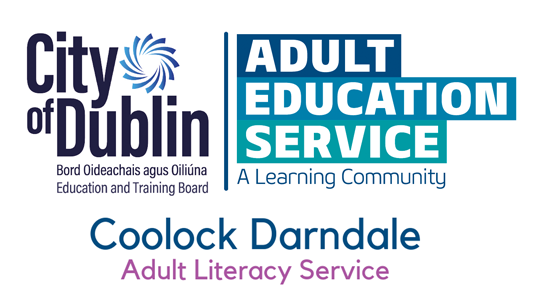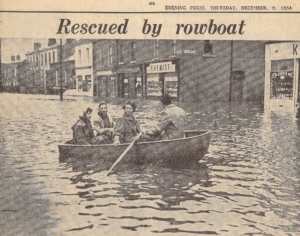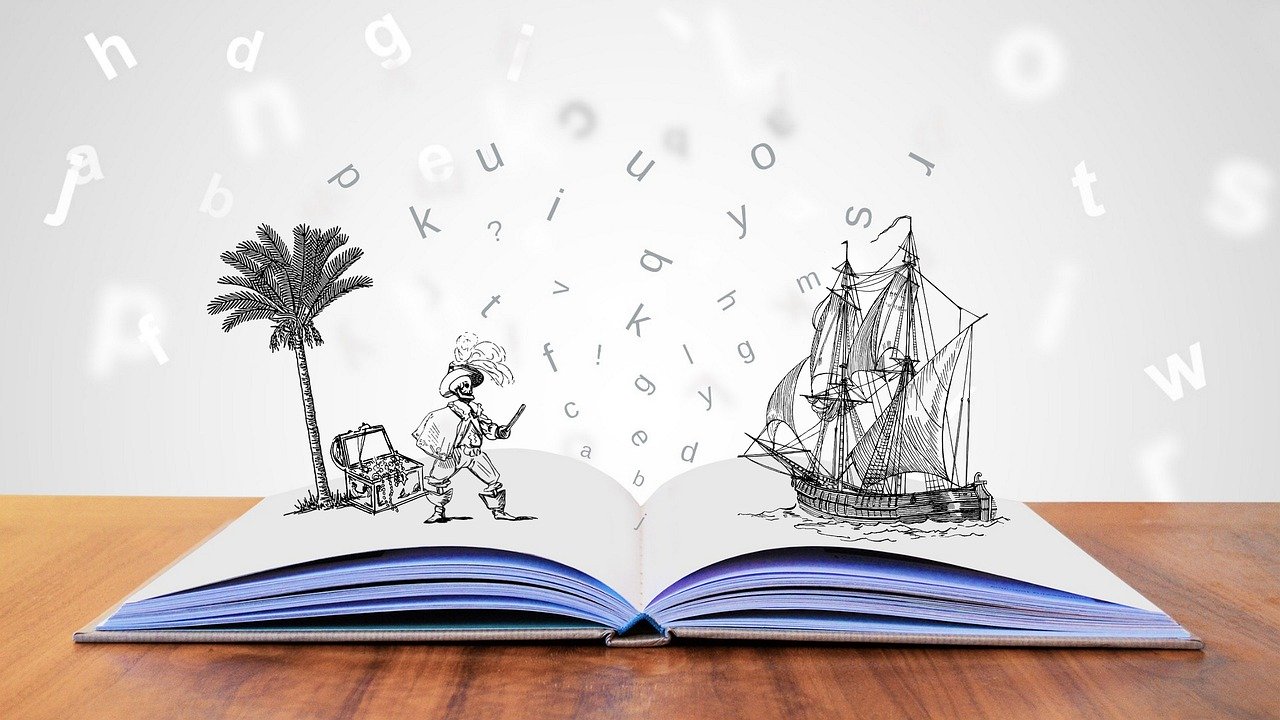The North Strand Floods 1954
December 8th was a very stormy day right across Ireland with heavy rain and gale-force winds. Boats had run aground, some sank in Howth when they broke away from their moorings. Rivers across the country were already swollen and burst their banks. Trees were uprooted and blocked roads and railway lines. Telephone and electricity poles fell and their lines lay across roads.
Dublin was no different. It had been a wet and stormy winter so far. Met Eireann records show the east of the country had about 50% more rainfall than normal between October and December of 1954.
At about 1.30am on the 9th December the river Tolka burst its banks near Annesley Bridge. Within minutes parts of Fairview Park and Ballybough was under water. At about 4.30am as the rush of water built up, it undermined the foundations of the railway bridge at East Wall Road and washed it away.
In the dark, water came swirling into houses, a few inches first, then more. Some houses reported water up to the door knockers, others to the ceiling, others again had their basements totally flooded.
Firemen and soldiers helped rescue people from their homes – some that night, others over the coming days. The police asked for people with boats to help with the rescue. People gathered together whatever possessions they could rescue, babies were handed out through windows and some adults were pulled through. The Army, Red Cross, St. John’s Ambulance and the staff of Amiens Street station worked to provide shelters, hot dinners, dry clothes and medical assistance for people.
Only one person died in the floods. A lady named Mrs. Brigid O’ Brien aged 65 was later found dead in her home on St. Brigid’s Avenue. Her death certificate state the cause of death as “heart failure caused by shock” from “flooding of her house”. A neighbour had knocked and on receiving no answer thought she had been rescued. 12 cows also died in the floods, belonging to a local dairyman.
Over the coming days and months the clean-up operation got underway to return the area and houses back to normal. The Army worked to clear the rubble of the railway bridge and months later it was replaced by a Bailey bridge that was reportedly used in World War 2. The Fire Brigade pumped water out of houses and they were disinfected. The Corporation inspected buildings for structural damage and delivered free coal to people affected. The ESB checked electrical wiring to ensure they were safe. The mouth of the river Tolka was widened the following year also.
The Lord Mayor’s Distress Fund was set up by Alfie Byrne and raised more than £20,000 from individuals and groups such as the Abbey Theatre, Arthur Guinness & Sons, The Adelphi Cinema, The Irish Club in London and Kilmartin’s bookies.
Some people were able to return within days, others had to wait much longer to get back to their homes. Many had lost all of their possessions in the flood. Can you imagine returning to those homes and trying to start all over again?
Sources:
Irish Times: An Irishman’s Diary, 6th Dec 2004, Eanna Brophy
Irish Times: An Irishman’s Diary, 30th Nov 2009, Brendan Landers
Met Eireann: Exceptional WeatherEvents
Question 2.
Have you ever been part of a big event like this? Maybe you went the Pope’s visit in 1978, can you remember Packie Bonner saving the penalty against Romania in Italia ’90, what were you doing the day Leo Varadkar announced the lockdown this year?
This week I want you to write your version of a big event you can remember. Either write a small piece, record a video or record your voice on your phone.
4. Tips
Tips for telling a story:
1. Make sure there is a beginning, middle and end.
2. Make sure you include what the event was, they year it happened, how it was important to you or Ireland or the world.
3. Don’t worry about having perfect spelling or saying it perfectly – telling the story is more important at this point. We can make it perfect later!











